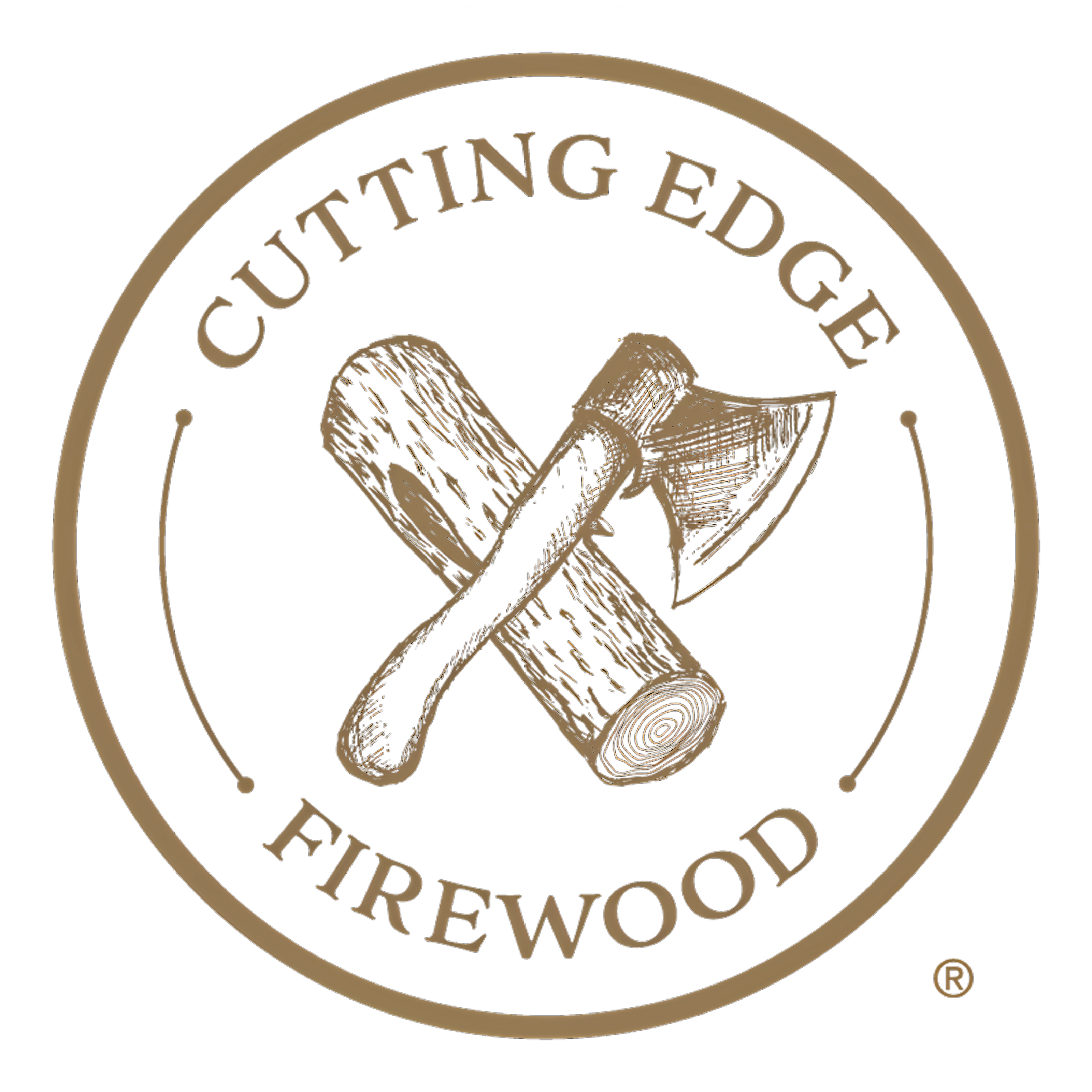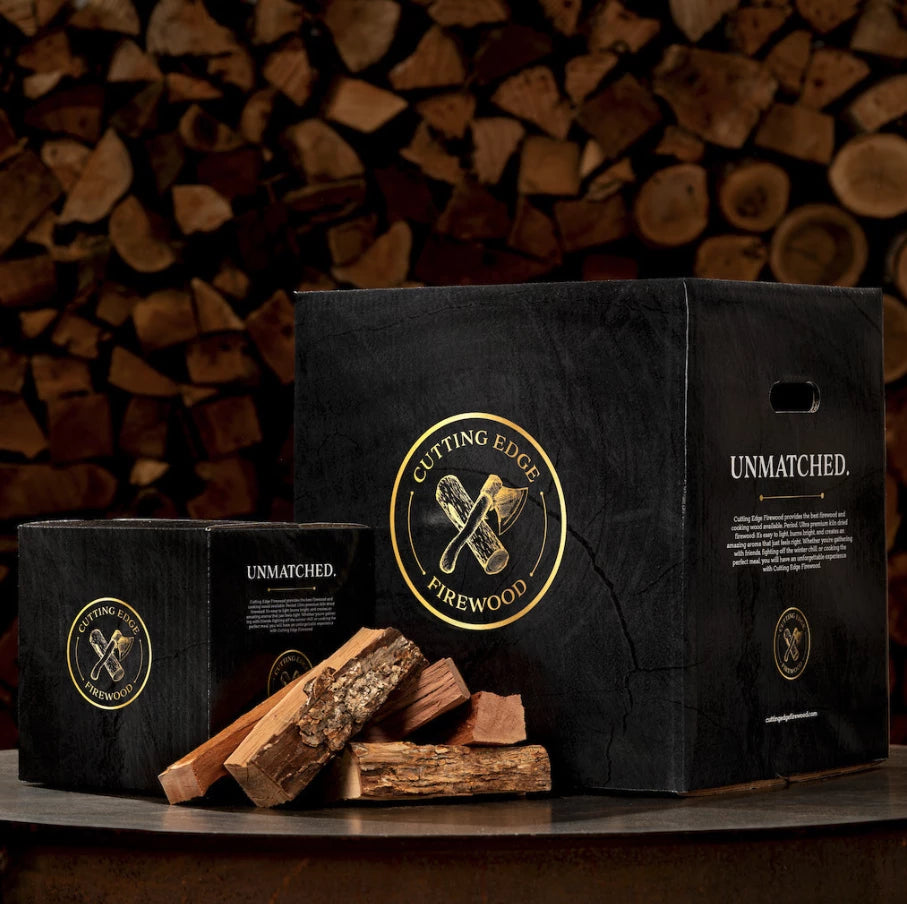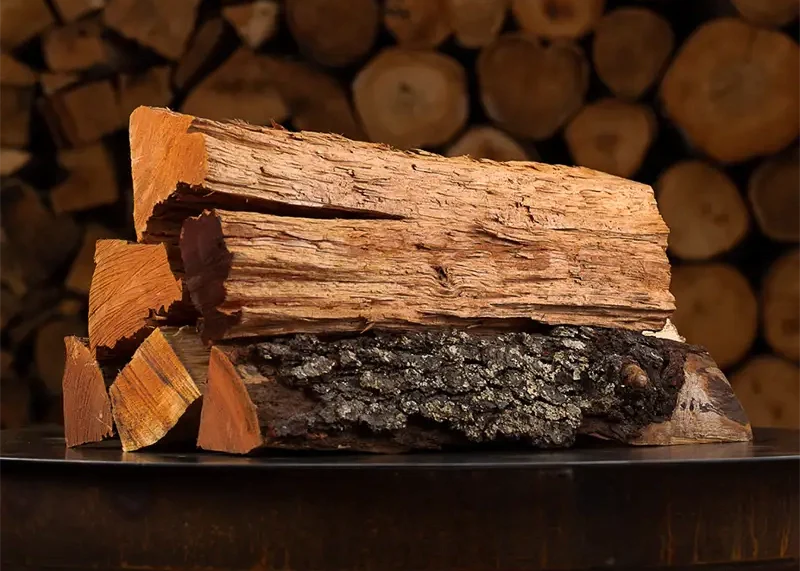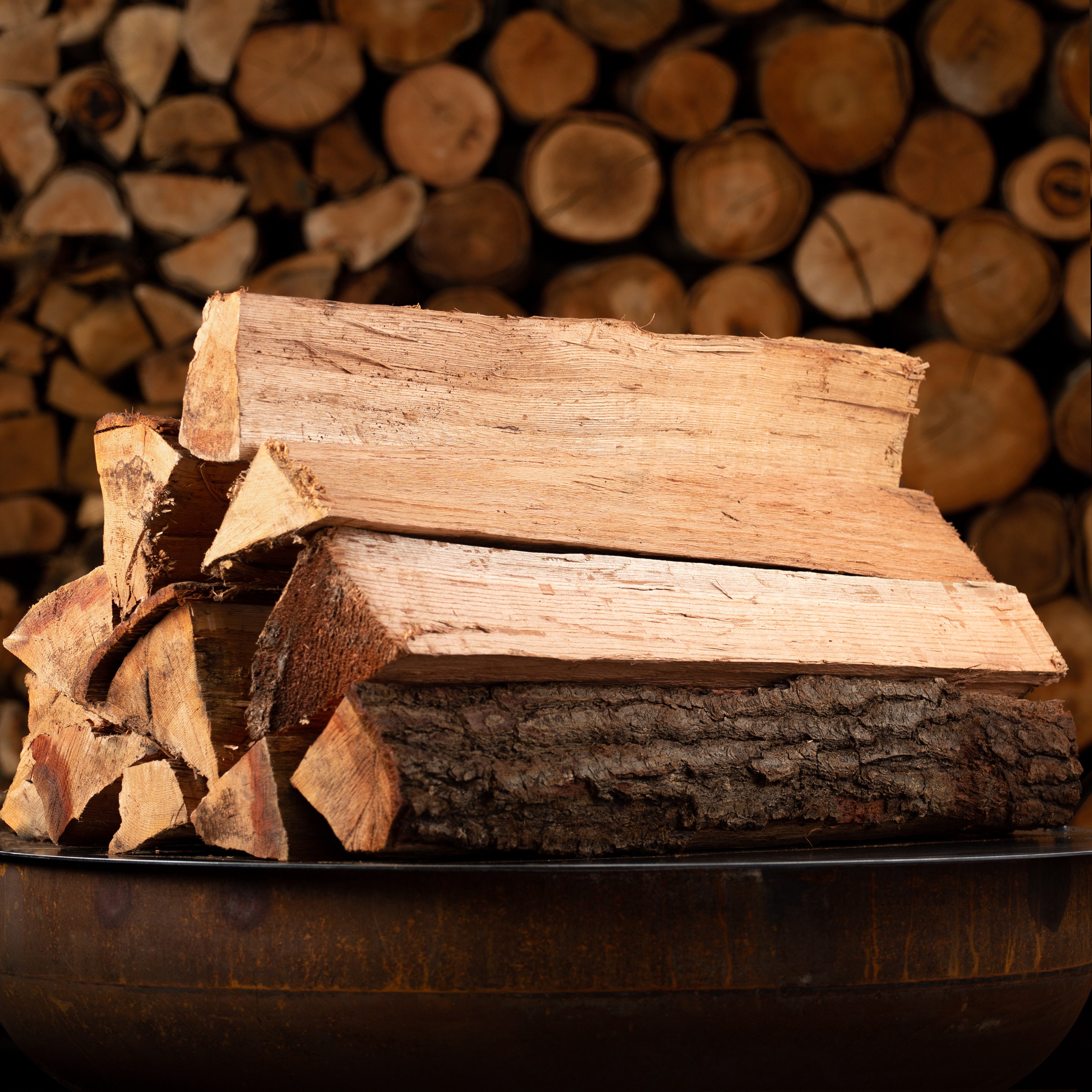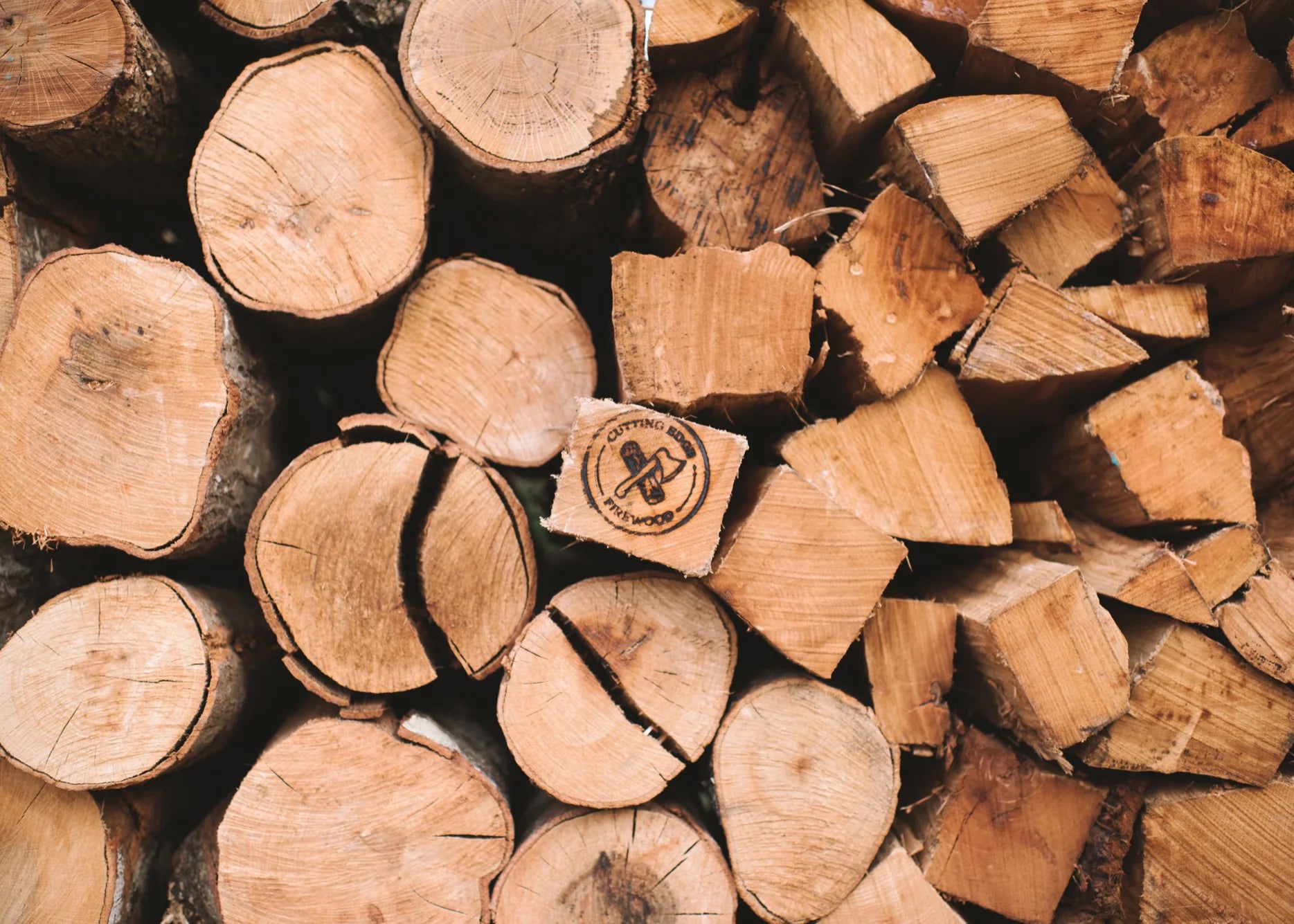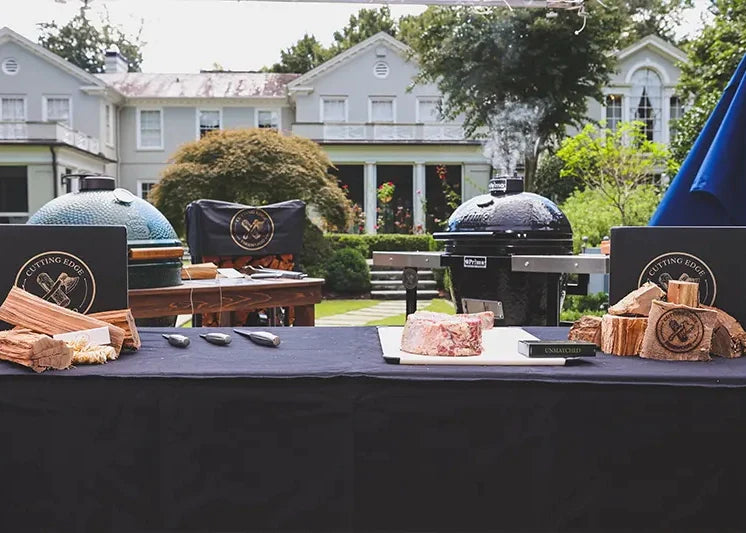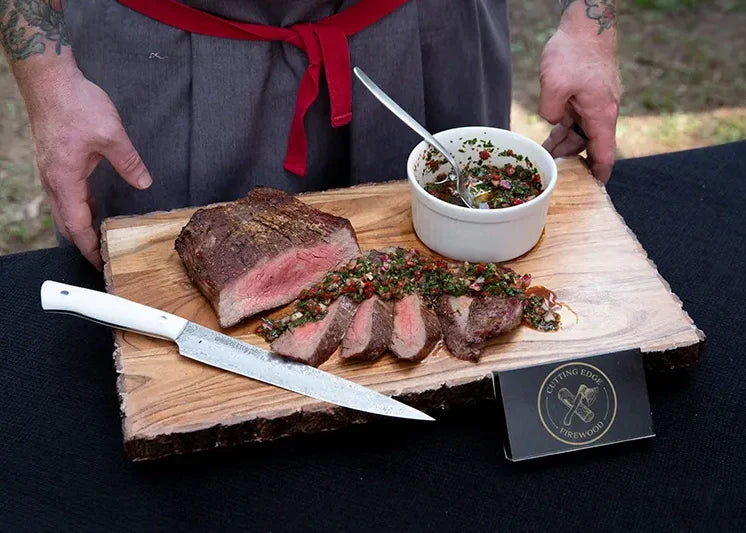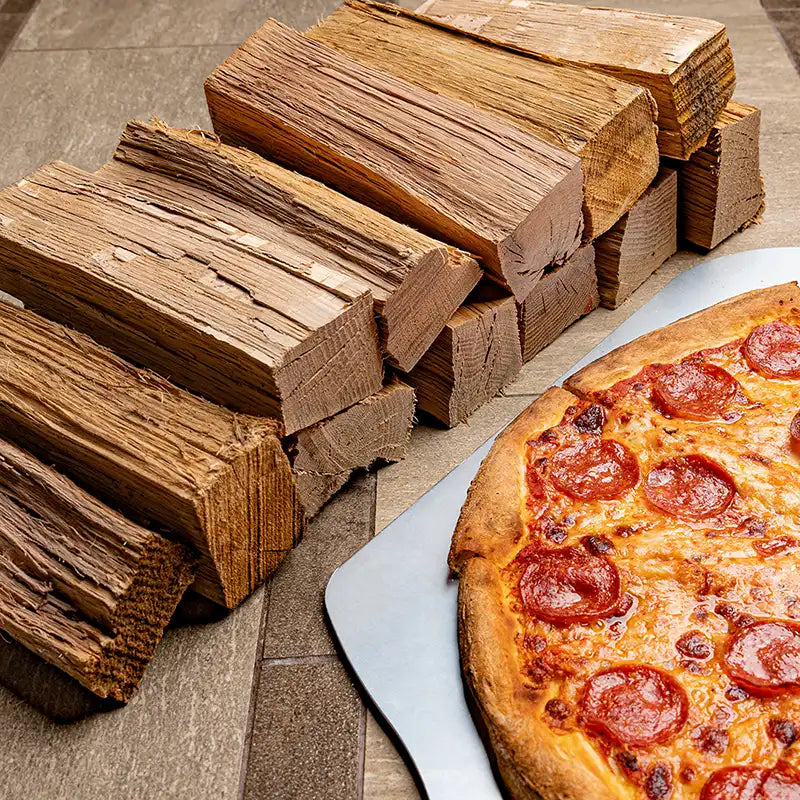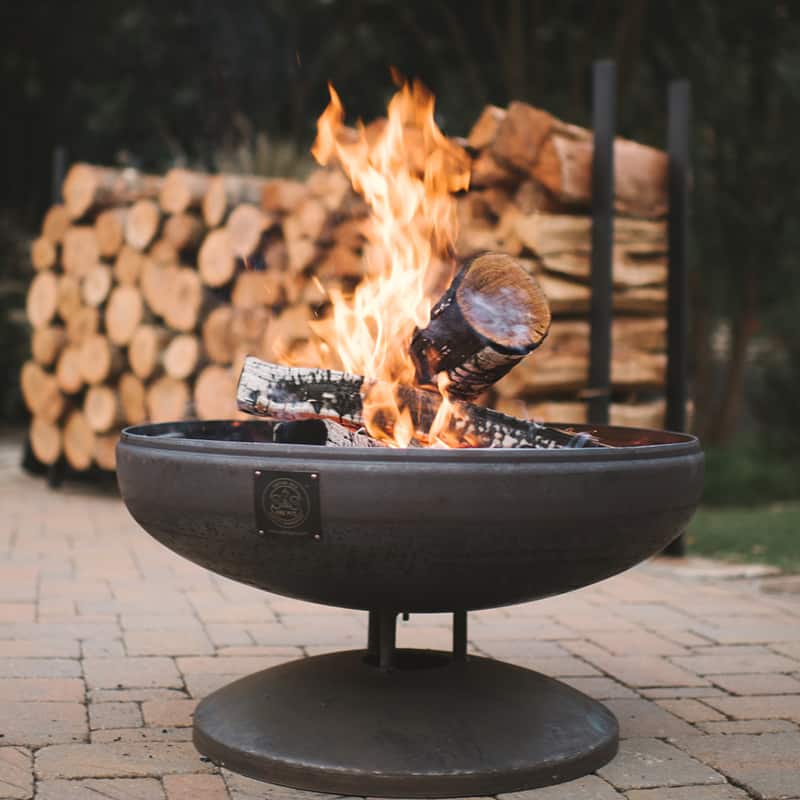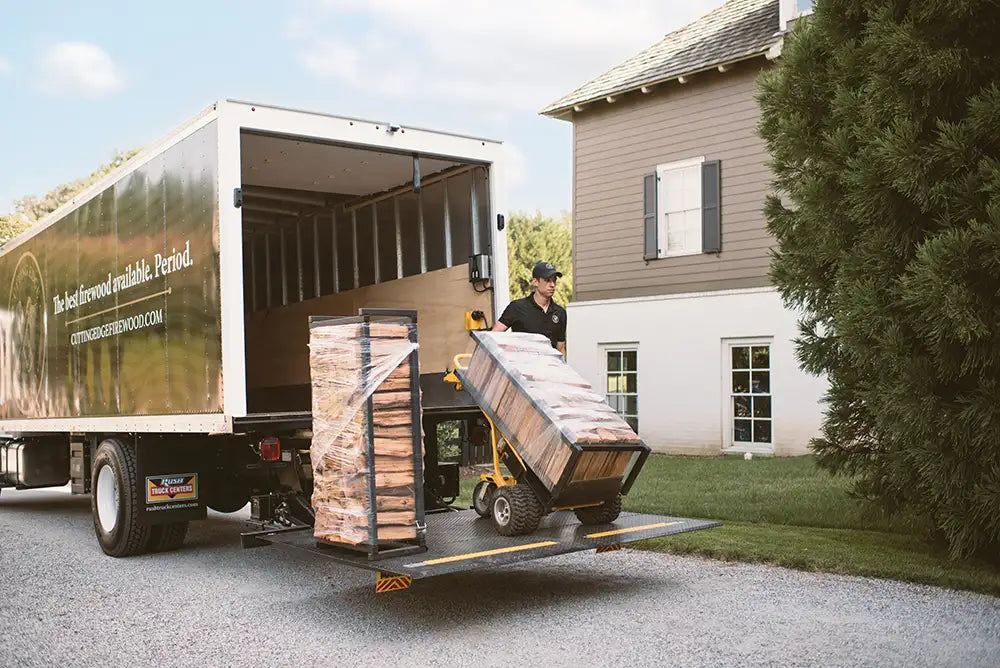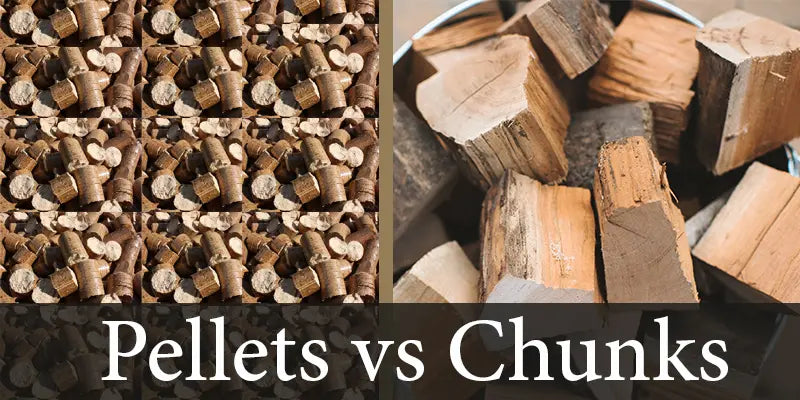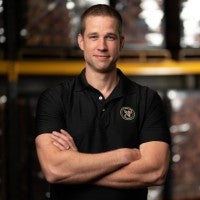There's nothing new about cooking with a wood fire, but the fact is, the world’s oldest cooking method has returned as one of the great modern culinary frontiers.
From the hottest new chefs and restaurants from LA to New York to Paris, this resurgence in wood-fired cooking is changing the way our microwave generation cooks and eats. Home cooks, as well, are enjoying this blast from the past and cheerfully replacing the "convenience" of gas and charcoal for the opportunity to master the ancient art of live-fire grilling in their own backyards.
Part of this mastery is the understanding of wood and smoke as it applies to food.

There's a lot more to it than with other outdoor cooking methods, and the ability to flip a switch, or squirt some lighter fluid, just doesn't hack it in the world of wood-fire cooking.
Knowing how the best wood is prepared and dried, which woods best compliment which ingredients, and even how wood burns differently in different shapes and sizes, offers the fire cook a level of experimentation and personalization that elevates the humble process of cooking to an elegant and (hopefully) delicious art form.
Grilling, the process of searing food over direct heat, is one of our most treasured methods of outdoor cooking. From the ancient spit suspended over a campfire to the latest high-tech cookers with motors, fans, wi-fi, and all of the digital bells and whistles.
Two of the most popular methods of adding the taste of flame to food are by using either wood chunks or wood pellets.
Let’s take a look at both:
Wood Chunks

Fist-sized chunks of hardwood like hickory, oak, and cherry, kiln-dried to reduce moisture, and sanitize the wood from insects, molds, and other off-putting flavor contaminates, will create the cleanest, purest smoke, and the most reliable and consistent heat for grilling.
Many professional chefs and pitmasters will only cook with wood, relying on tradition, and the purity of “the real thing” to bring out the best possible flavor in their creations.
However, as respectful as we are to tradition, we’ve found that wood chunks are also great for adding heat and flavor to charcoal grilling. Charcoal is also an excellent heat source, but it adds no flavor to the foods being cooked, so the addition or substitution of wood chunks elevates the best properties of both.
Pro tip: when you want to take your pitmaster skills to the next level, try replacing charcoal with oak chunks (still use whatever species for flavor as usual).
Add several wood chunks (depending on the size of your grill and cooking area), directly to the coals after they’ve heated but shortly before you add the food.
The freshly burning wood will not only take the temperature up a notch, allowing for a better sear, but they’ll also be releasing a light, clean smoke that envelope your ingredients, adding that distinctive, delectable, and delightful hint of smoky goodness.
Wood Pellets

These small, pellet-sized fuel tubes are comprised of ground-up wood dust and other organic manner (typically listed as “fillers”) combined with a binding agent to glue the particles together and then pressed into the desired shape.
Though first designed for heating stoves to help alleviate the need for oil during the shortages of the 1980s. Because they can produce a reliable heat source and plenty of smoke, they were quickly adapted for culinary use as well.
Note: Heating pellets and cooking pellets, though identical to the eye, are NOT the same, and heating pellets should never be used for grilling or smoking. If you have a pellet smoker, only use food-grade pellets to avoid the possibility of contaminating your food with potentially toxic chemicals.
Wood pellets tend to perform fairly well for slow-smoking applications but have some drawbacks when it comes to searing or grilling.
Which is Better for Grilling, Pellets or Wood Chunks?

Both pellets and hardwood chunks will produce heat and smoke, but that doesn’t mean that they’ll produce the same quantity of heat and smoke or the same quality of flavor.
The two main factors to consider when grilling with wood are cooking temperature and the flavor being added to the food.
Cooking Temperature & Flavor
One of the drawbacks of grilling with pellets is that, due to the tiny size of each pellet, it burns up too quickly to create a truly hot fire, so it doesn’t add much heat, and it stops producing smoke just as quickly.
Even in pellet-fueled cookers they max out around 550° F which, again, makes them sufficient for smoking, but falls significantly short of the 800+ degrees created by hardwood chunks (which, btw, is the ideal temp for searing a restaurant-quality steak, and a little higher than the best wood-fire pizza!)
Also, because pellets burn up so fast, and each produces smoke for such a short time, you pretty much need a steady stream of them (which is exactly how a pellet smoker works) to create enough smoke, for enough time, to permeate ingredients, especially dense meats like beef and pork.
This means that to get enough smoke and flavor, you’ll need to constantly be manually adding pellets as they burn up.
The bottom line is: it’s all about the flavor. Cooking pellets contain sawdust and other wood scraps all bound together with filler ingredients (typically cornstarch), and they simply cannot replicate the true flavor of pure hardwood smoke.
Pro tip: if you want the flavor of cooking wood chunks, but the convenience of a pellet smoker, take a look at The Flame Boss.
If you really want the best tasting food from your grill, along with a great cooking experience, use the best quality wood chunks for smoking today.
Cutting Edge Firewood offers a variety of high-quality smoking chunks, including white oak, hickory, cherry, and pecan.
Whether you consider yourself a griller or a bbq’er, a first-time burger-flipper, or a pitmaster pro, using the best wood will help you achieve the best results, and the most delectable dinner, every time.
Just like it has been since the beginning of time!
